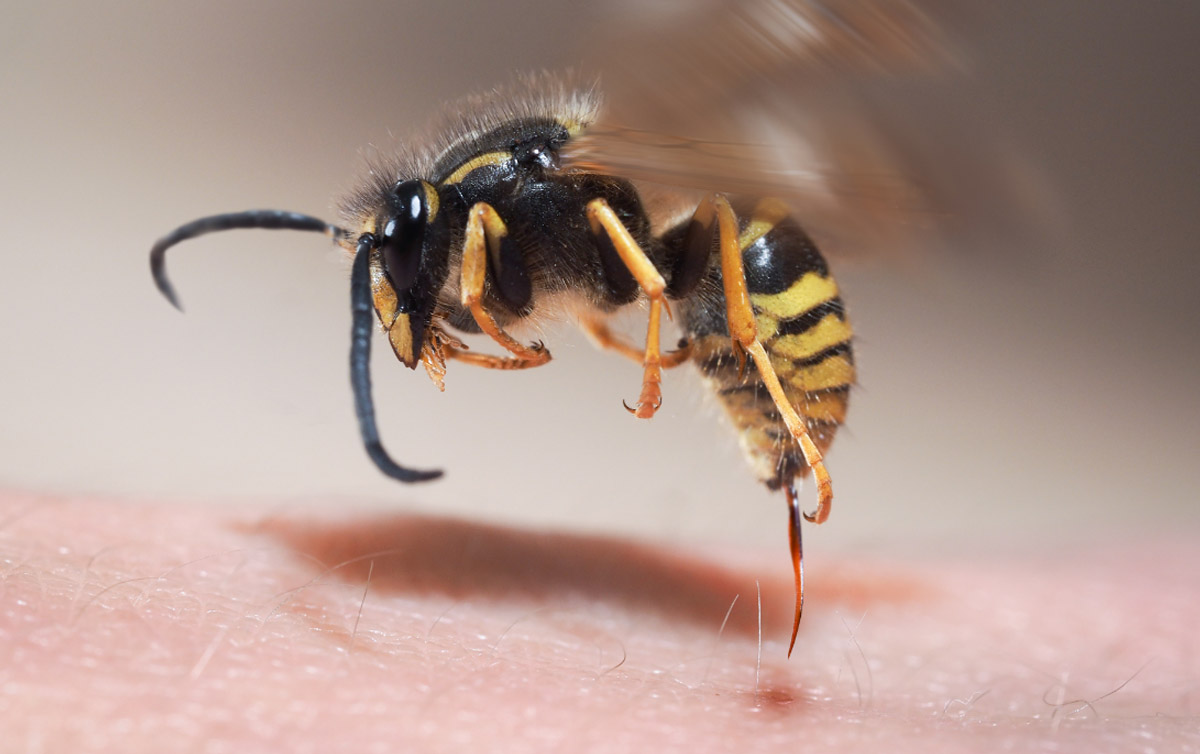Wasps are a common sight during the UK summertime and can be irritating when you’re out enjoying the sunshine.
We often wave them away with our hands, but this can cause them to turn aggressive and sting us. Although the sting can be painful, most recover after experiencing a rash or minor swelling in the skin. However, those who are allergic to the venom must be extra cautious.
Wasps don’t just sting for the sake of it, they usually attack when provoked. Fortunately, male wasps don’t carry stingers but act like they do to warn off prey. Of course, all wasps can be quite threatening nonetheless.
What happens if you’re stung by a wasp?
The most common reaction to a wasp sting is localised raised welt around the sting site. Sometimes there might be a white spot where the stinger punctured the skin. These symptoms tend to last for a few hours.
However, some people may react with worse symptoms, such as swelling or extreme redness around the puncture site. These symptoms may take 2 to 3 days to disappear, and in more extreme cases it can be accompanied by nausea, vomiting, or diarrhoea. If these symptoms last for a week or more it’s best to seek medical advice to lessen the severity of the reaction.
The most extreme reaction to a wasp sting is Anaphylaxis, where the body enters a state of shock. This usually happens immediately after being stung. In this instance, you should seek emergency medical treatment.
Other severe symptoms include loss of consciousness; a drop in blood pressure, stomach cramps; dizziness; light-headedness; itching or hives in other parts of the body; and swelling of the face, lips, or throat.
If you’re stung by a wasp, you should move away from the area and wash the affected skin. To help with swelling, you should apply ice for 10 minutes, then rest for a few minutes before applying again. You could also apply creams or medications if the pain continues.
If symptoms continue or get worse then seek medical advice as soon as possible.

